5 Pokemon game peripherals that never get used
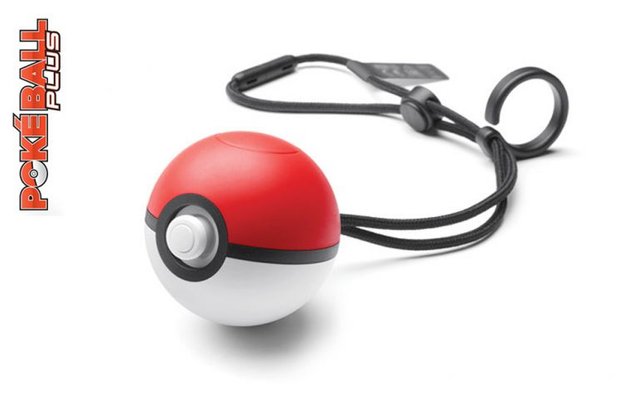
Nintendo love shelling out as many accessories and add-on for their consoles as they can. With the announcement of the PokeBall Plus for the upcoming Pokemon: Let's Go! it seems like they are continuing the trend of extremely specific peripherals, designed exclusively for Pokemon. While some, like the Nintendo 64's Transfer Pak for Pokemon Stadium, were game-changing essentials, most became obsolete and useless almost immediately. The PokeBall Plus looks to be another in a long list of gimmicky and otherwise useless Pokemon game peripherals. Here are some of Gamers Classified's favourite, dating right back to the late 90s.
Hey You, Pikachu! Voice Recognition Unit
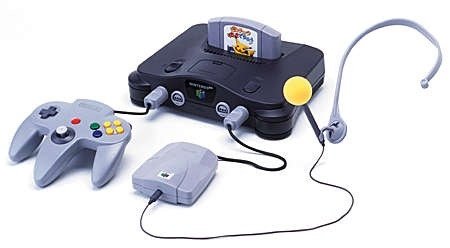
GameBoy Camera and Printer
While this duo wasn't developed specifically for a Pokemon game, it was manufactured by Pokemon devs GameFreak. Allowing GameBoy users to take photos of themselves and print them out, as well as play a few minigames, the technology of 1998 really shows its limitations. With no colour, no way to transfer photos off the device and a general poor quality, it never reached mainstream popularity.
One cool feature was that it allowed players to print out stickers of Pikachu, Mew, Meowth, Bulbasaur, Charmander and Squirtle. However, the quality of these stickers wasn't much better than the Gen1 in-game sprites. The GameBoy Camera has gained somewhat of a cult following though, with it being used to take the photo for the album cover of Silver and Gold by Neil Young.
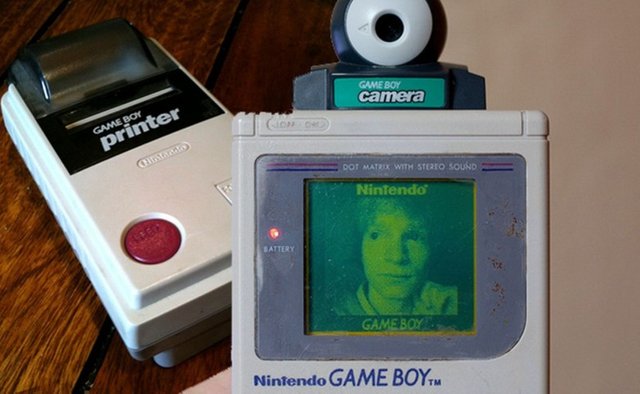
Pokemon Pikachu
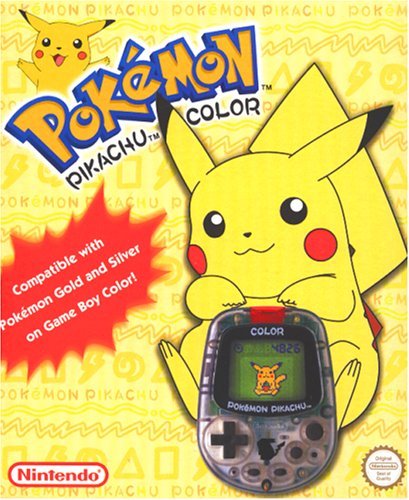
The sequel was a peripheral to the second Gen of Pokemon, allowing players to accumulate watts, through real life steps, and redeem them for in-game items. The GS2 was essentially a collection of mini-games and a pedometer. Without the fun of looking after a virtual Pikachu, there really wasn't much point to the GS 2.
PokeWalker
Skipping ahead nearly a decade, the PokeWalker came packaged alongside Pokemon HeartGold and SoulSilver for the Nintendo DS. The PokeWalker was like a GS2 v.20. It had much of the same features, with the in build pedometer generating watts and infrared interaction with the game. However, the PokeWalker exchanged watts for EXP and allowed players to transfer any Pokemon from the game into the machine. This allowed players to battle and capture wild Pokemon and level up their Pokemon without the DS.
Despite a surprising PokeRadar feature, the battle system was rudimentary, with only Attack Evade and Run options. The PokeWalker was the last peripheral for a console game until the Poke Ball Plus, but it wasn't the last Pokemon Peripheral.
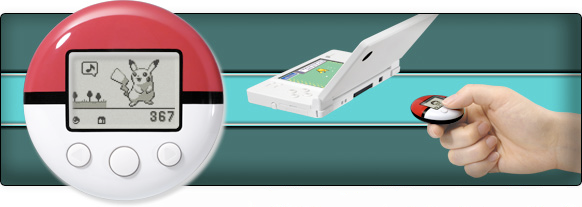
Pokemon Go Plus
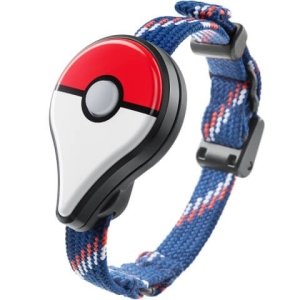
The accessory would flash when the player has either encountered a wild Pokemon or a PokeStop. If players press a button it will collect items from the PokeStop or attempt to capture the Pokemon, helping itself to players' supply of Pokeballs. The popularity of Pokemon Go had already begun to fade when this came out, making it one of the most hilariously useless peripherals in gaming.

Maybe someone will use the pokewalker to play along with pokemon go. Seems like Nintendo is cashing on the pokemon go craze with the new pokemon for switch that seems like an extended reality game.
Thanks for posting and made me remember at least a few of these sometimes forgotten peripherials.
No worries! Glad you found it useful :)
if you want me to resteem your post to over 72,500 followers go here https://steemit.com/@a-0-0